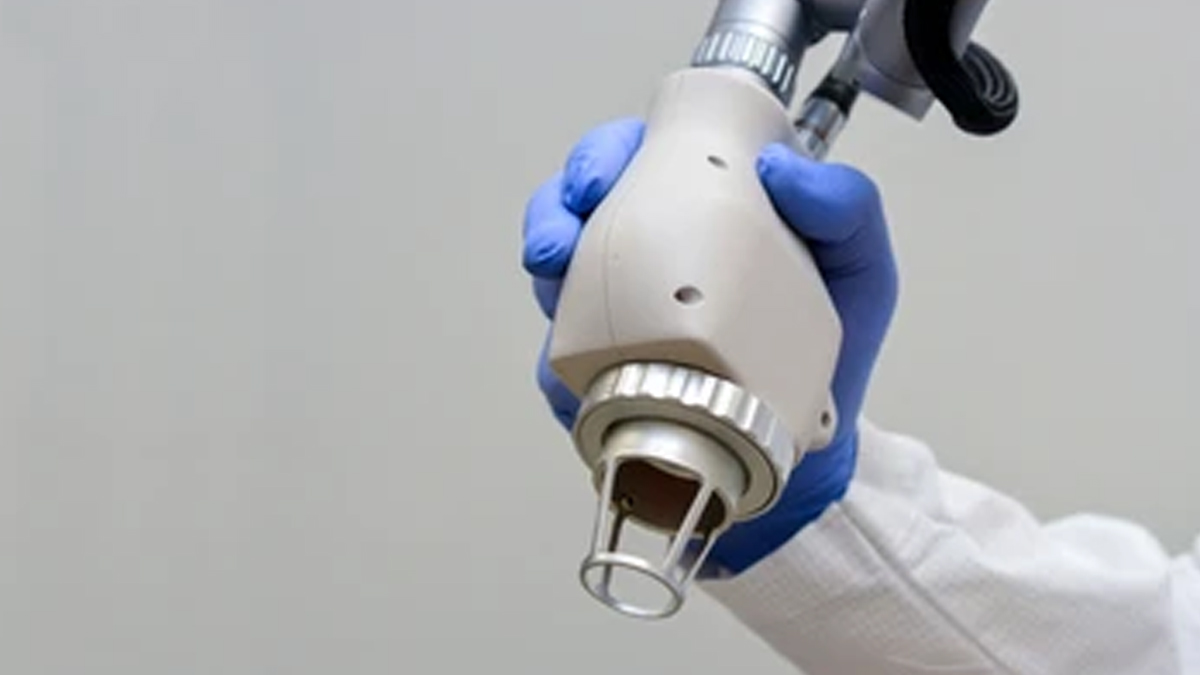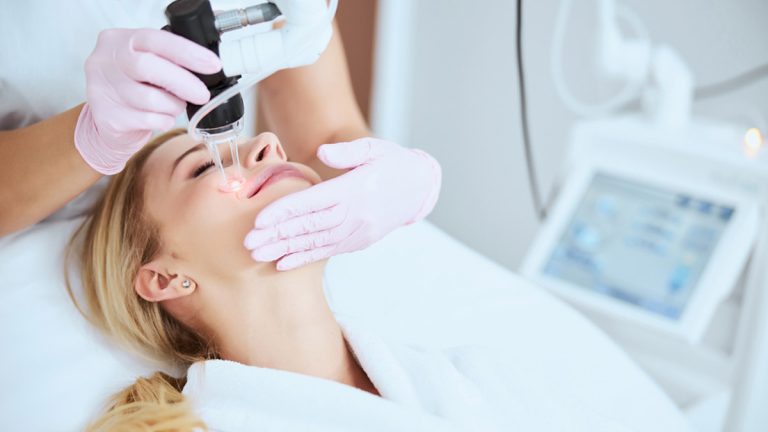Long-term acne can have a negative impact on the skin, leaving behind acne scars. Treatment of acne scars begins once active acne is treated and brought under significant control. Acne, which is an inflammatory process, often heals with scarring, which occurs due to the breakdown of collagen in the skin. If there is a breakdown of collagen during the healing process, this can lead to atrophic acne scars, which appear as pits in the skin.
We talked to Dr Andrea Rachel Castelino, Consultant Dermatologist, DermaZeal Clinic, Bengaluru, who explained fractional CO2 laser therapy for acne scar healing.
Understanding Acne Scars
“Atrophic scars are of three types – the ice pick, box and rolling types of acne scars. If during healing, there is too much collagen production, this can lead to a thickened and accumulated scar, called a hypertrophic acne scar,” said Dr. Castelino.
He added, “Normally, when we refer to treating acne scars, we are referring to atrophic scars, which appear as depressed pits in the skin. Unlike acne, when it comes to treating acne scars, topical creams and ointments often prove ineffective. Therefore, it must be treated with effective treatment procedures.”
Also Read: Uncovering the Gut-Skin Connection: An Expert’s Guide to Understanding and Clearing Acne
Current treatment options
Microdermabrasion is one such procedure used for acne scars. In it, aluminum oxide crystals are rubbed into the skin, exfoliating it and encouraging collagen rebuilding.
Micro-needling with derma rollers is a procedure in which micro-channels are created in the skin, thus encouraging the formation of new collagen, which improves scarring.

Fractional CO2 Laser
“The latest treatment for acne scars involves the use of a fractional CO2 laser. This laser emits a fractional beam of light, which breaks into small columns of light, penetrating the scar tissue of the skin. This stimulates the production of new collagen, helping to lighten acne scars,” said Dr. Castelino.
Also Read: Tired of Failed Acne Treatment? The expert lists the reasons why there are no results
Process and recovery
Fractional CO2 Laser treatment is ablative and has a 3-4 day downtime consisting of mild redness. However, there are no restrictions on going out or returning to work after the procedure.
“One of the advantages of this method is that it only treats small fractions of the skin at a time, while leaving the surrounding skin untouched. A numbing cream is applied half an hour before the procedure, after which the procedure is relatively painless,” said Dr. Castelino.
It is recommended to do the laser sessions once a month only under the supervision of a dermatologist and with the number of sessions determined in consultation with him.
ONE study published in the Journal of Cosmetic and Laser Therapy examined patient satisfaction after fractional laser treatment for acne scars. Findings revealed an impressive 80% satisfaction rate, with patients reporting improvements in scar appearance, increased self-esteem and overall satisfaction with treatment results.
Combination therapies
Fractional CO2 laser treatments are also versatile and can be combined with platelet rich plasma therapy, in which growth factors from one’s own plasma can be administered to the area being treated. This enhances the reduction of acne scars.
Treating acne scars can take patience and persistence. However, fractional Co2 laser therapy is a benefit that has been shown to be effective in treating and speeding up the process.
[Disclaimer: This article contains information provided by an expert and is for informational purposes only. Hence, we advise you to consult your expert if you are dealing with any skin issues to get the necessary treatment.]

